Sabbatical Journey
We ventured south from the Rif Mountains into Fes, the cultural and spiritual capital (and former political capital) of Morrocco. As a side note, the city in Morocco is FES, while the hat (thought to originate from Turkey) is the FEZ. Fes is a pretty good size city split into two main parts: the Medina and the Ville Nouvelle. The Ville Nouvelle was established under the French Protectorate just after 1912. The Medina, on the other hand, is the largest medina in the world (about 540 acres), dates back to the 800-900s and includes the oldest university in the world and one of the King's Royal Palaces. The Medina is a winding mix of over 900 narrow alley ways with shops, homes, schools, mosques and every other building type you can imagine. We were given serious warnings about not losing our guide because we wouldn't be able to find our way out -- which seemed funny until we were in there! Yikes!
We did a long walking tour in the medina and visited three specific craft co-ops to learn how the traditional crafts are made. First we went to a mosaic tile school and co-op. The Moroccan government realized that they have all of these exquisite mosaics that were crafted by hand, but as repairs were needed, they had very few people who were trained in the traditional way of sketching, hand carving and setting the tiles. The school aims to keep the craft alive and also have artisans who will be able to repair Moroccan treasures in the future. We also visited a tannery and saw (and more notably smelled) the process of how they create leather from cows, goats, and camels. Finally, we visited a weaving coop that weaves fabric for scarves, clothing, bed sheets, etc, all from agave fiber. Each of these craft traditions is in danger of extinction as it gets harder to recruit and train artisans with modest salaries and the competition from mass production.
We stayed in a Riad at one far corner of the medina, right by the wall. The Riads are largely now converted into hotels, but we did get to visit one that is still occupied by the family who has owned it for generations. Now there are three generations living in the home, but originally it was owned by the matriarch's great great grandfather. While we were there, we enjoyed some music and dancing and a lovely dinner of pastilla. We left with full hearts and bellies!
Cultural Capital of Morocco
Fes, Morocco
We ventured south from the Rif Mountains into Fes, the cultural and spiritual capital (and former political capital) of Morrocco. As a side note, the city in Morocco is FES, while the hat (thought to originate from Turkey) is the FEZ. Fes is a pretty good size city split into two main parts: the Medina and the Ville Nouvelle. The Ville Nouvelle was established under the French Protectorate just after 1912. The Medina, on the other hand, is the largest medina in the world (about 540 acres), dates back to the 800-900s and includes the oldest university in the world and one of the King's Royal Palaces. The Medina is a winding mix of over 900 narrow alley ways with shops, homes, schools, mosques and every other building type you can imagine. We were given serious warnings about not losing our guide because we wouldn't be able to find our way out -- which seemed funny until we were in there! Yikes!
We did a long walking tour in the medina and visited three specific craft co-ops to learn how the traditional crafts are made. First we went to a mosaic tile school and co-op. The Moroccan government realized that they have all of these exquisite mosaics that were crafted by hand, but as repairs were needed, they had very few people who were trained in the traditional way of sketching, hand carving and setting the tiles. The school aims to keep the craft alive and also have artisans who will be able to repair Moroccan treasures in the future. We also visited a tannery and saw (and more notably smelled) the process of how they create leather from cows, goats, and camels. Finally, we visited a weaving coop that weaves fabric for scarves, clothing, bed sheets, etc, all from agave fiber. Each of these craft traditions is in danger of extinction as it gets harder to recruit and train artisans with modest salaries and the competition from mass production.
We stayed in a Riad at one far corner of the medina, right by the wall. The Riads are largely now converted into hotels, but we did get to visit one that is still occupied by the family who has owned it for generations. Now there are three generations living in the home, but originally it was owned by the matriarch's great great grandfather. While we were there, we enjoyed some music and dancing and a lovely dinner of pastilla. We left with full hearts and bellies!
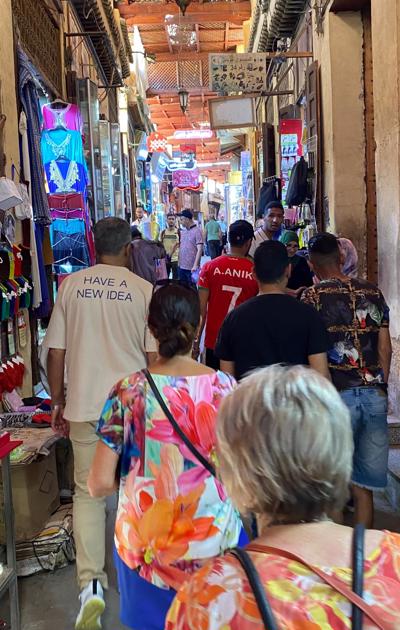
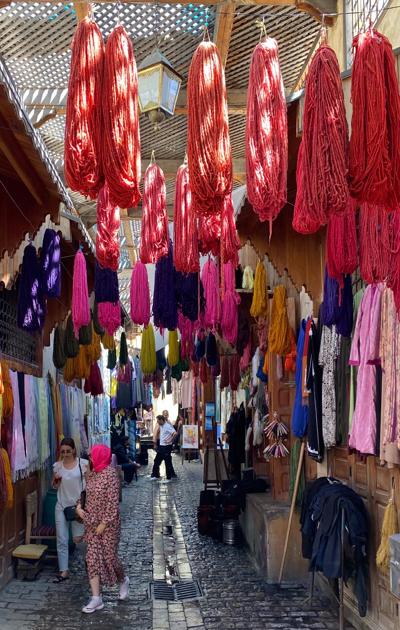
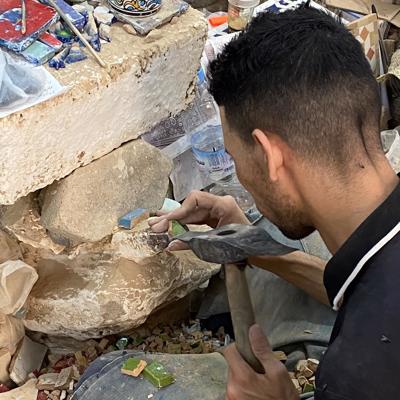
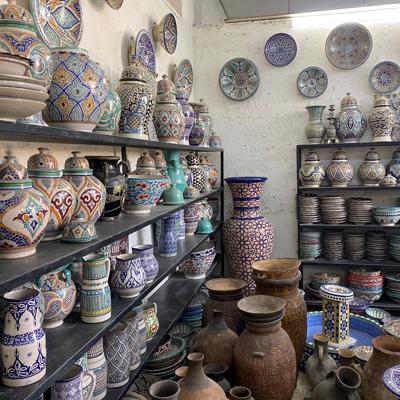

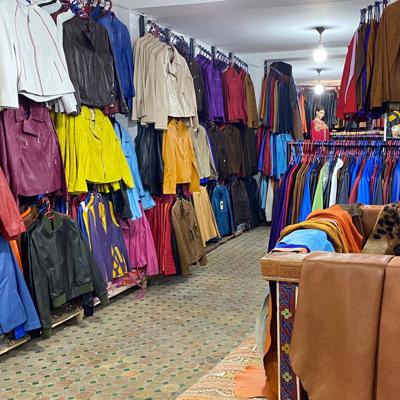
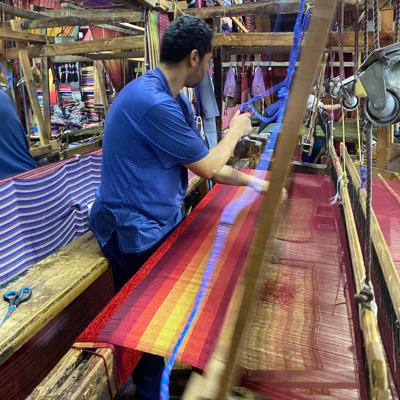

1.
Foreword
2.
The Itinerary
3.
Packing
4.
Cairo - Part 1
5.
Cairo - Part 2
6.
Sites of Ancient Egypt
7.
Egyptian Temples
8.
Valley of the Kings
9.
Egyptian Culture and Final Thoughts
10.
From Egypt to Morocco
11.
Northern Morocco
12.
Water and Climate Issues
13.
Cultural Capital of Morocco
14.
The Sahara Desert and Atlas Mountains
15.
The Road of 1000 Kasbahs and onto Marrakech
16.
A Wee Break in Londontown
17.
Malawi - First Impressions
18.
BEE World Pastor's Course
19.
Malawi’s National Parks
20.
Zomba Plateau
21.
Malawi, a Retrospective
22.
Plant with Purpose Tanzania
23.
Tanzania Safari
24.
Safari Animal Sighting List
25.
Enchanting Istanbul
26.
Classical Turkey & the Aegean Coast
27.
Cappadocia
28.
Lisbon
29.
Portugal's Heartland
30.
A Rocha Visit and the Southern Coast of Portugal
31.
Welcome
32.
Looking Back and Moving Forward
33.
...and home!
Share your travel adventures like this!
Create your own travel blog in one step
Share with friends and family to follow your journey
Easy set up, no technical knowledge needed and unlimited storage!
© 2025 Travel Diaries. All rights reserved.